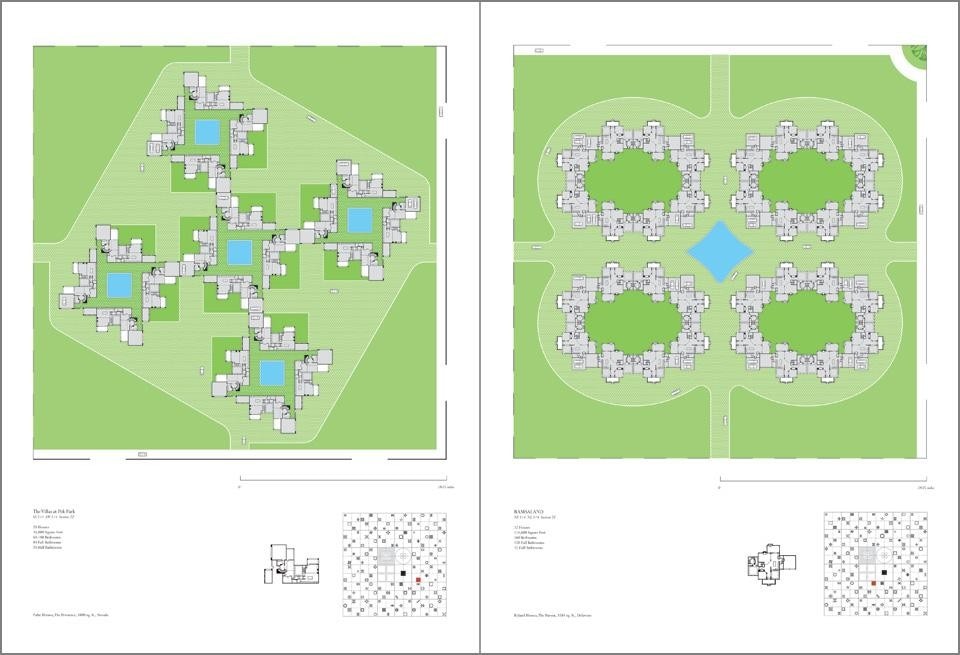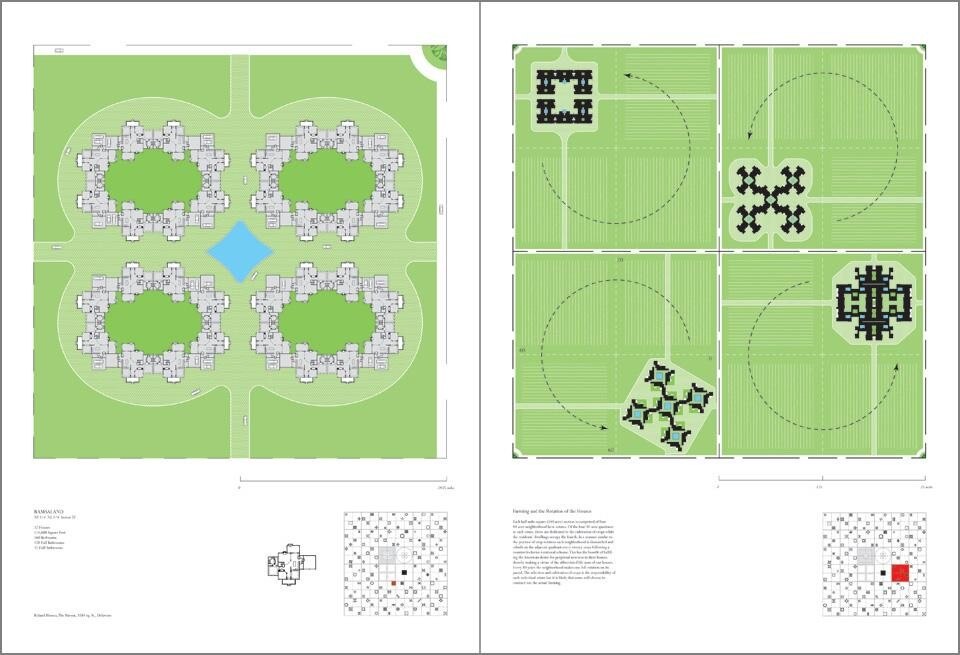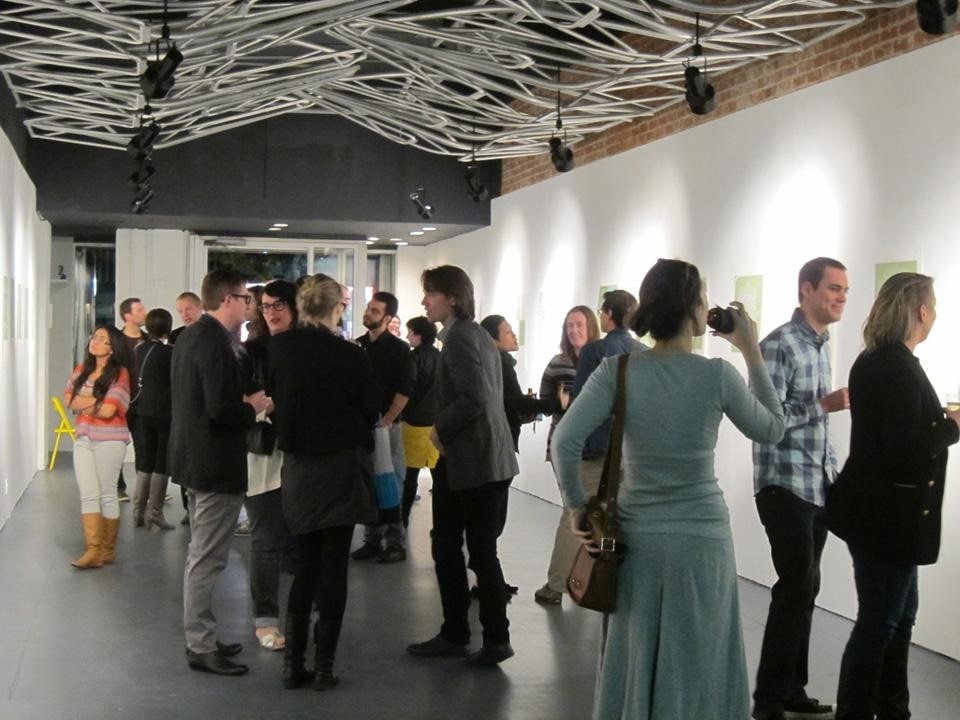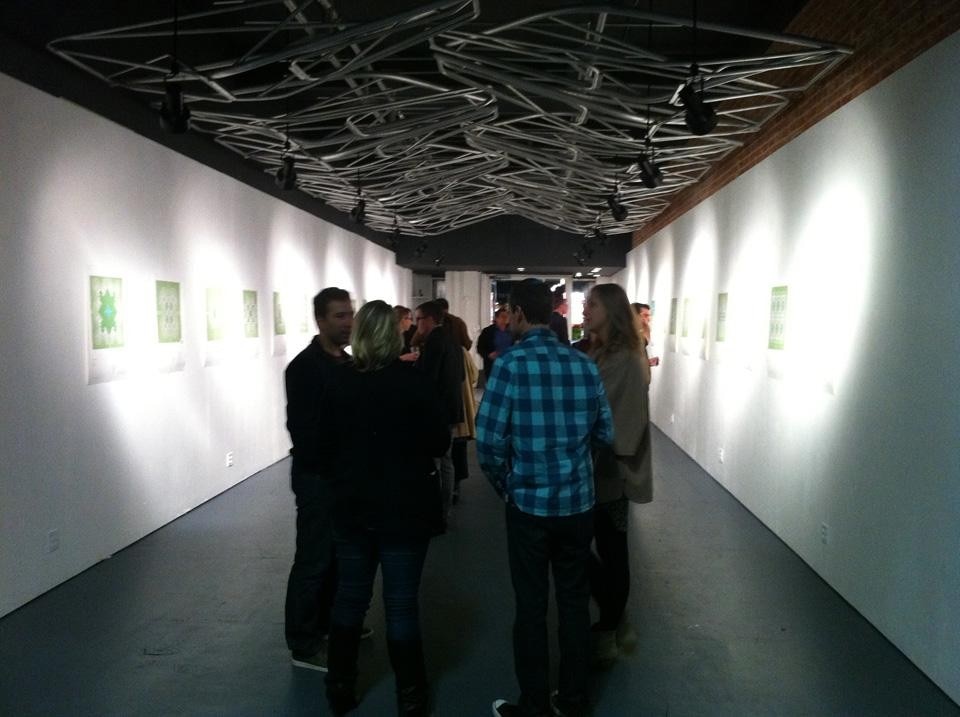
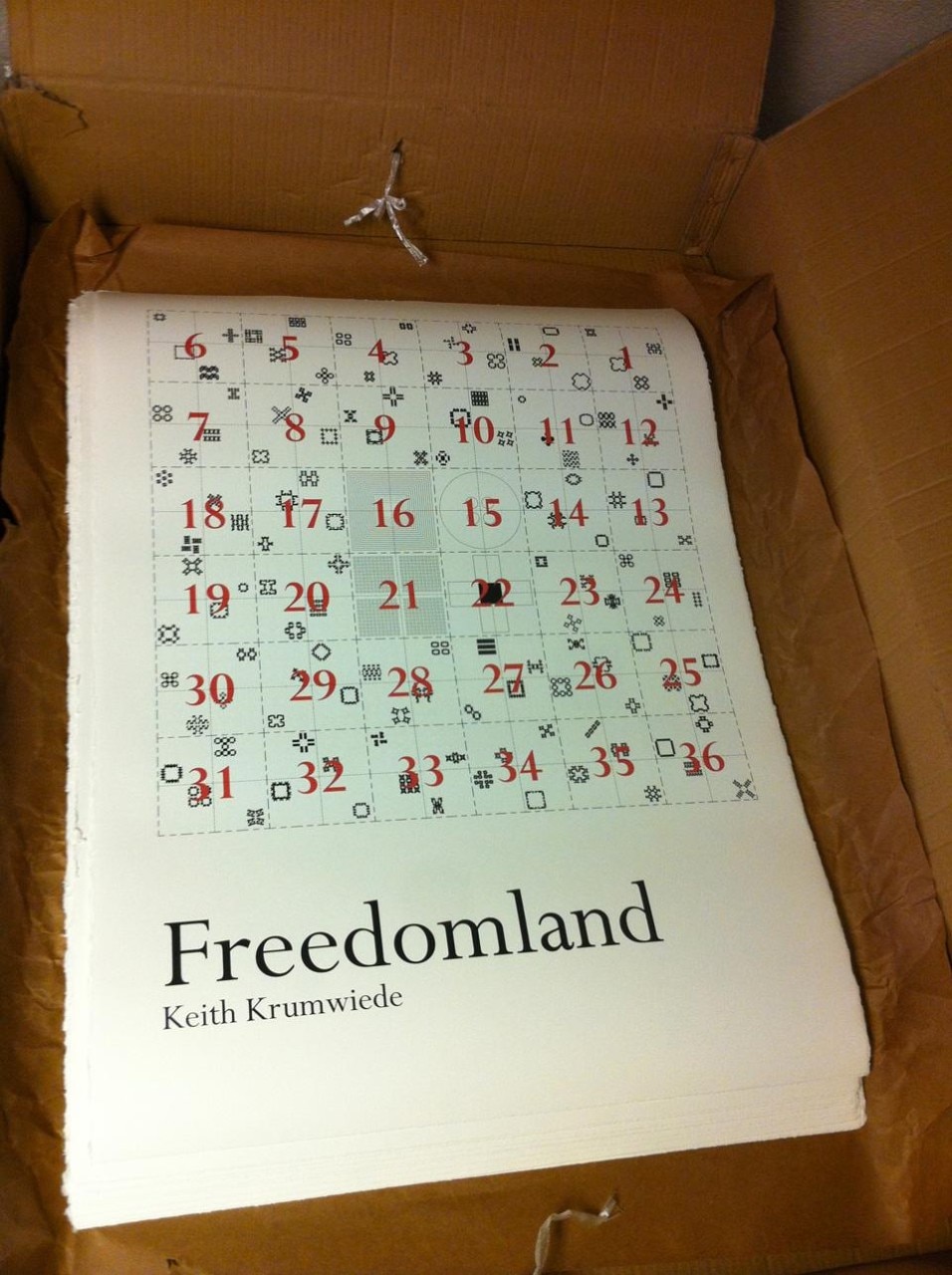
Perhaps the most striking part of Freedomland is that it’s not all that outlandish. The sight inside of WUHO gallery is not unlike the sight from the window of a Los-Angeles bound plane flying from New York City
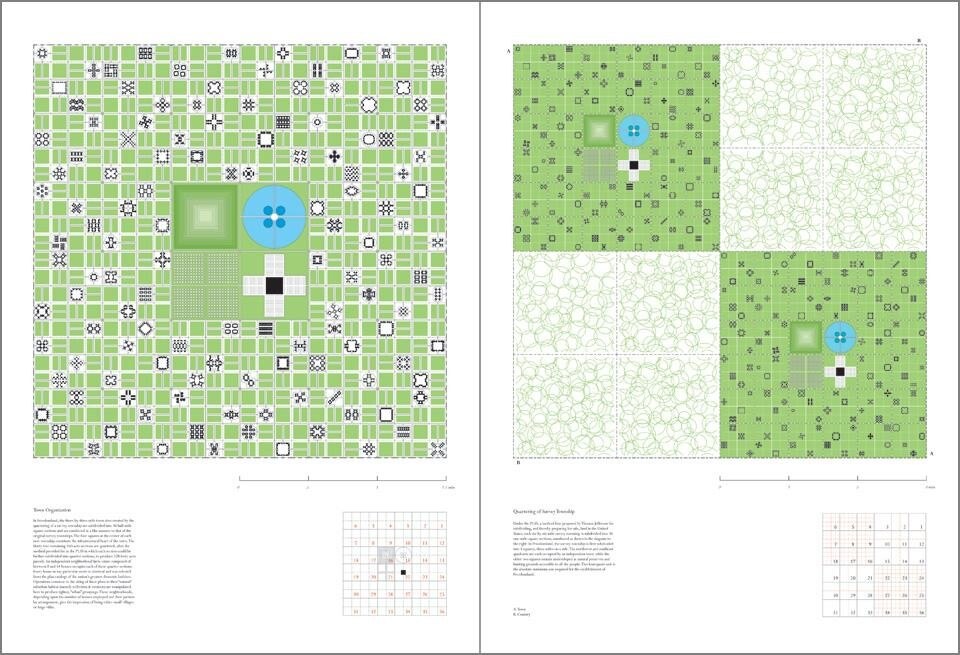
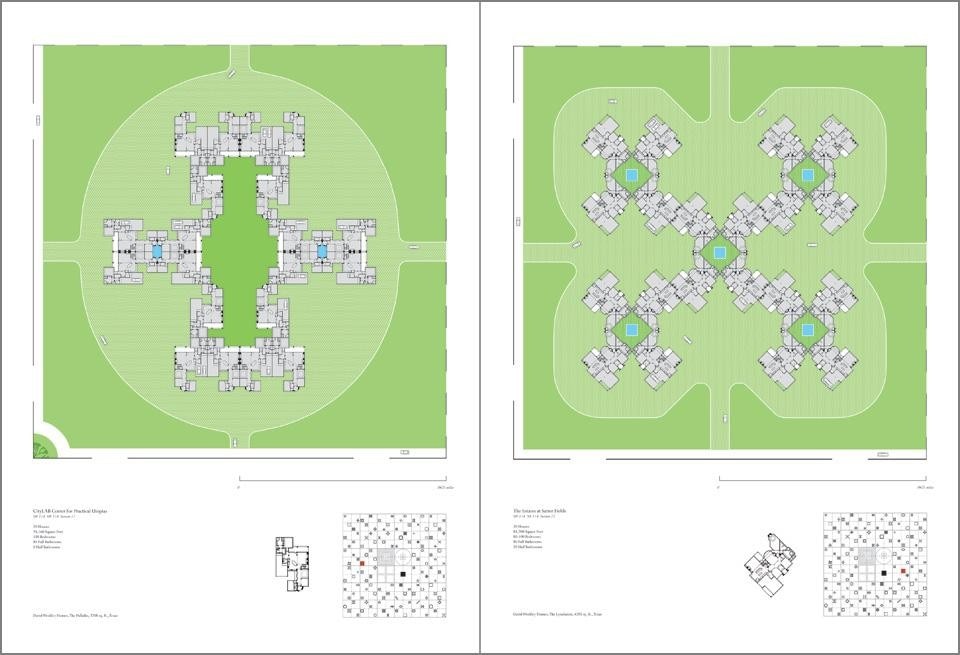
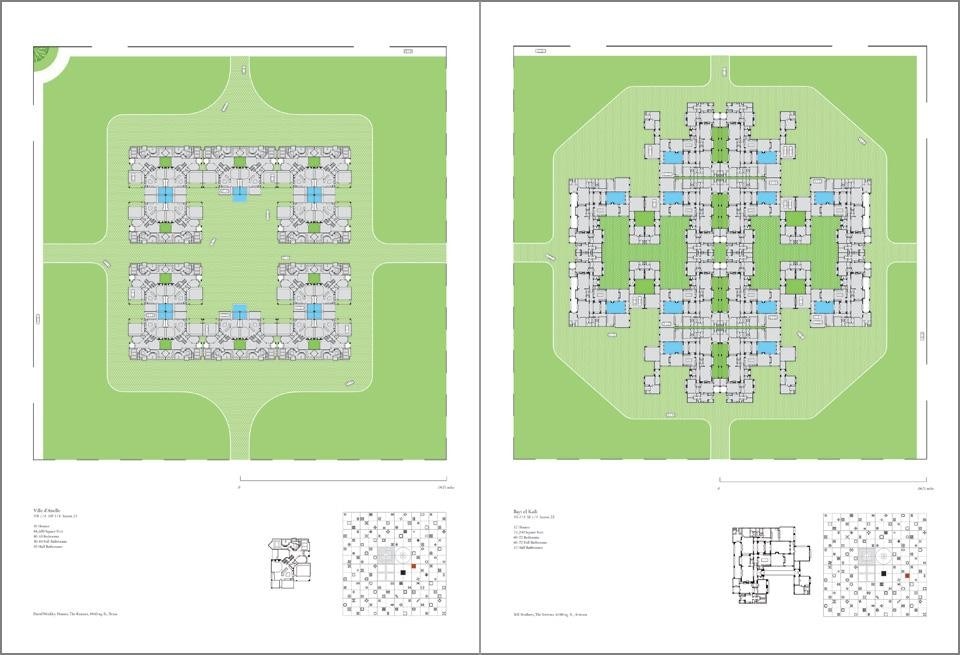
Woodbury University Hollywood Gallery
Los Angeles
Through 19 February 2012
